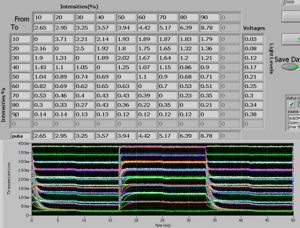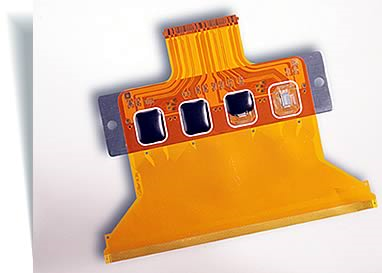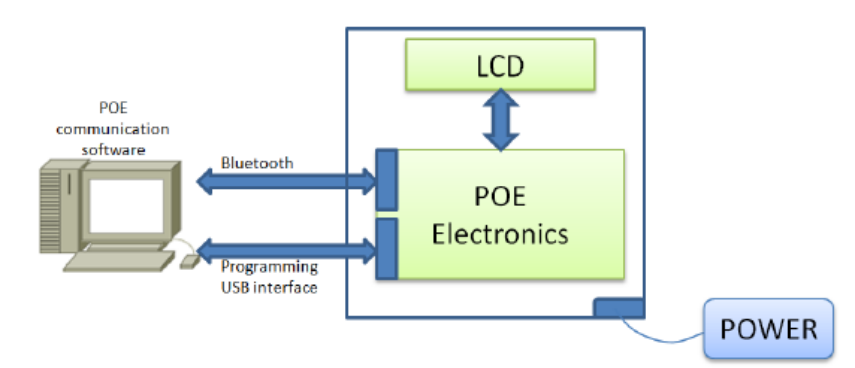Development of Liquid Crystal Based Adaptive Optical elements
- Posted by doEEEt Media Group
- On February 11, 2020
- 0
For Space Applications
Objectives of the project:
- To identify, review and evaluate the current status of programmable optoelectronic adaptive elements (POE).
- To design and manufacture a POE produced to an agreed specification (Laser steering POE).
- To test and characterize the produced POE. A particularly important aspect of this contract is to further understanding of how the materials and technologies involved in POE structures react to environmental conditions experienced in space activities.
- To produce a technology roadmap that identifies the main areas of application for POE technologies and the developments necessary to achieve maximal performance and durability.
Liquid Crystal Selection
Liquid crystal technology
- Rod shape molecules that are self align creating a macroscopic uniaxial structure generally birrefringent.
-
- Standard Liquid Crystals: optical and electrical positive anisotropy — parallel
- VAN (Vertical Align Nematics) liquid crystals — perpendicular.
- Fast switching
- Reduced susceptibility to fringing
- Less crosstalk
- The vertical state absorbs less UV.
- Designed to withstand high light intensity and elevated working temperature (50ºC)
Driver design trade-off I-Chip-On-Glass</strong
- A conventional solution for high-res micro displays
- Technology not tested in UPM facilities
- Impossible to separate electronics and device
- Reduced number of external connections
- Limited choice of drivers
–Not all display drivers are suitable for this application.
Driver design trade-off II – Flexible circuit board (FCB) or Chip-On-Flex
- A conventional solution for high-res displays
- Technology not tested in UPM facilities
- Necessary to purchase externally manufactured FCB
- Possibility of soldering chips onto flex is studied by Emxys
- One critical high density connector per 500 lines
- Reduced number of external connections
- Interconnection of the driver circuit and the ITO Tracks is done with anisotropic conductive adhesive Hitachi ANISOLM® AC-8955YW-23
Driving and Interconnection
The microcontroller manages the communication from the PC with the chip SSD1783 (Solomon Systech Limited) via a serial SPI bus interface and also, between the POE board and the computer (using a Bluetooth link). The team decided to implement Bluetooth communications in order to improve the usability of the system during the POE tests on the optical bench.
Read more about all the development process in the full report below
Latest posts by doEEEt Media Group (see all)
- Space-Grade components available for immediate delivery - April 10, 2025
- Exclusive stock on doEEEt: How to access and request - April 10, 2025
- Managing EEE components for LEO and lower cost space missions - December 17, 2024




0 comments on Development of Liquid Crystal Based Adaptive Optical elements